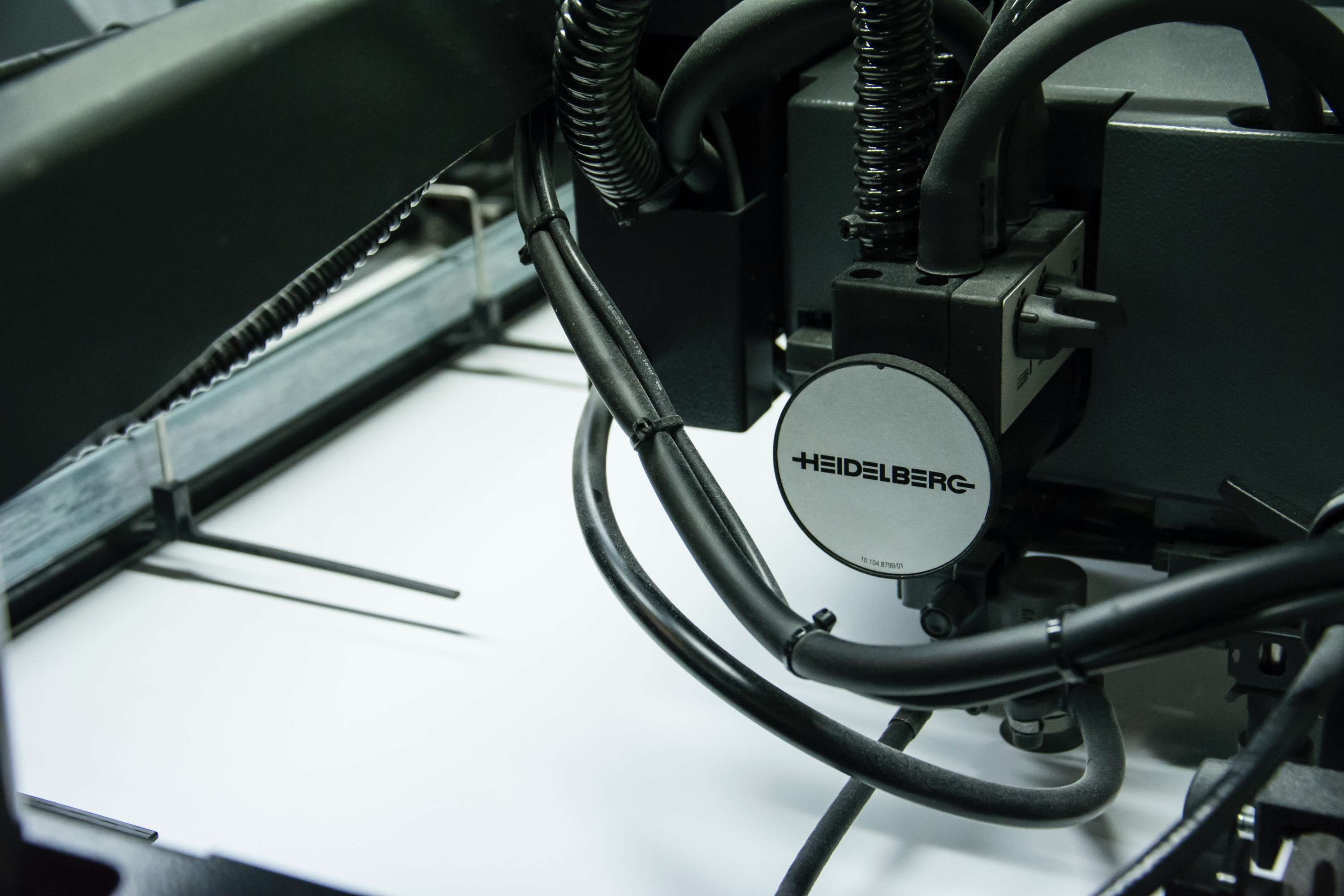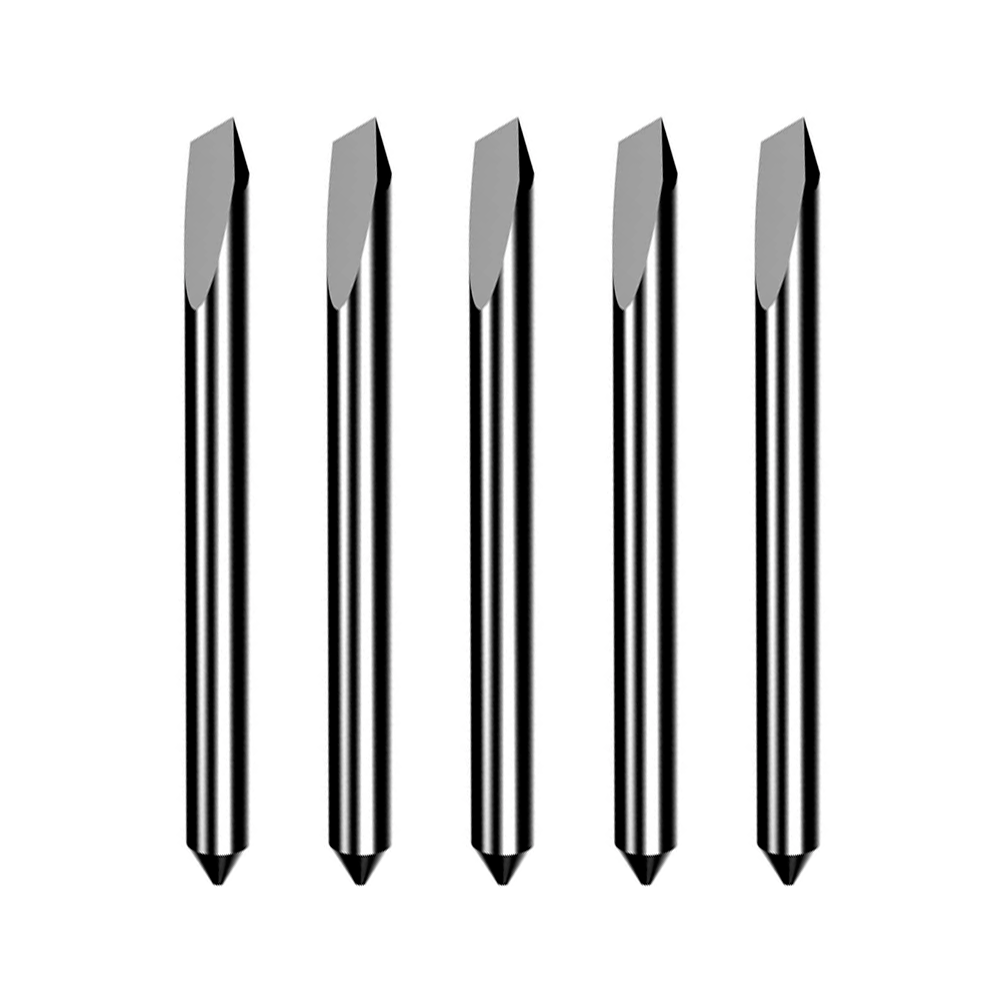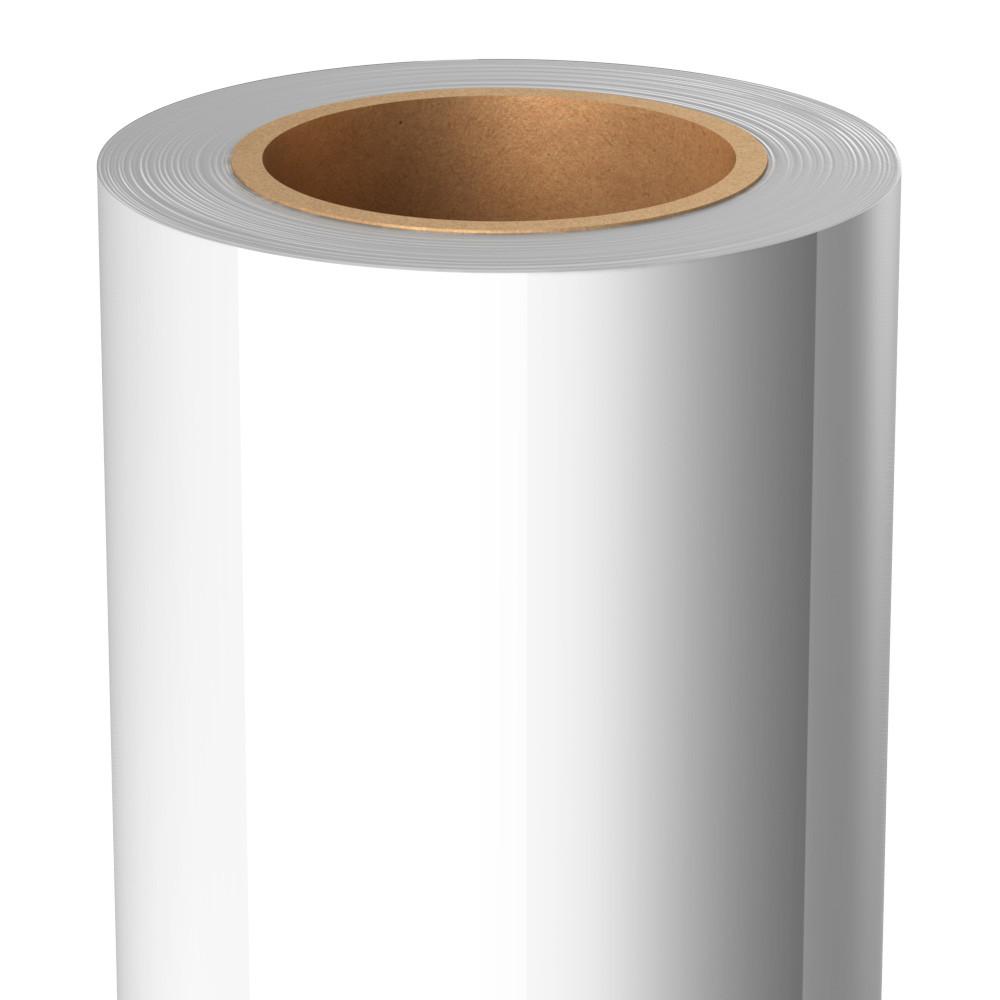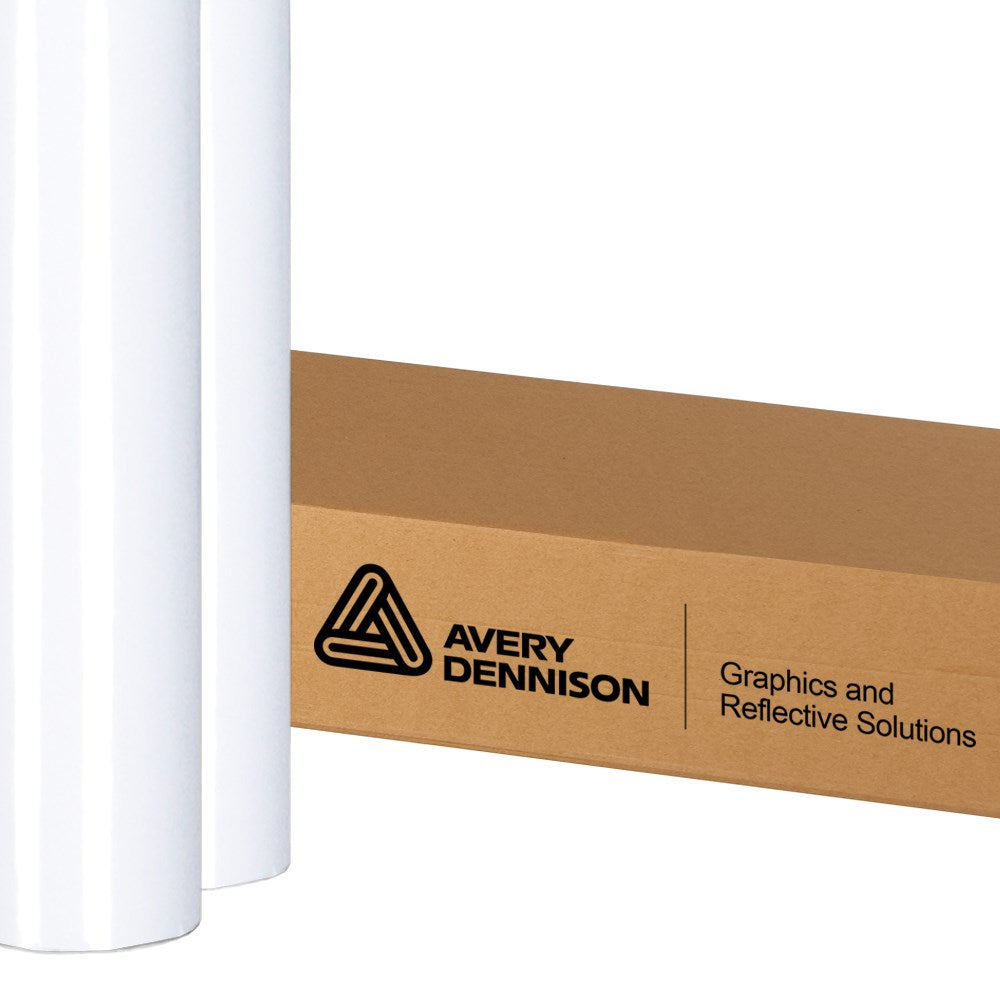Corrugated plastic boards are easy to cut and trim, but it’s okay to get nervous about how to cut a plastic board if you’re making a sign for the first time! After all, the sign needs to be neat, smooth, and professional.
Let’s unpack why a plastic corrugated board is a good choice for sign-making, how to cut it, and why a commercial flatbed cutter is the best cutting tool for it.
What Is a Plastic Corrugated Board?
A plastic corrugated sheet consists of two flat boards with a ribbed middle layer. It appears to be made of three layers, but there are just two. The overall thickness varies between two mm to five mm.
This particular composition makes the plastic sheet durable yet flexible. It can be easily bent and folded without any cracking or damage; plus, it’s very lightweight. This is why sign makers prefer plastic corrugated boards over non-corrugated materials. Some other uses of a plastic corrugated board include:
- Crafts
- Packaging
- Pet enclosures
- Humanitarian relief purposes (typically building temporary shelters during a crisis)
How to Cut a Plastic Corrugated Board
Plastic corrugated boards can be cut with a range of tools. Create an outline first, especially if you’re using a manual tool instead of a flatbed cutter. Here are some popular options used by sign makers:
Scissors
A sharp scissor is a great choice for kids, hobbyists, and DIY crafters alike. It can easily cut through thin corrugated plastic sheets. However, don't use it on sheets thicker than four mm.
This is because a scissor won’t be able to cut it in one go. You will have to run it several times over the same line, which will result in an unclean cut.
Utility Knife
Many people opt for a utility knife because it helps achieve a smooth and clean cut on corrugated plastic sheets. Plus, you don't have to worry about thickness–a utility knife will cut through both thick and thin corrugated boards.
Coral Cutter
A coral cutter is typically used to frag corals in aquariums (a process where large coral colonies are broken down into small colonies).
It has two-centimeter-long stainless steel blades that can cut through thin corrugated plastic sheets. We don’t recommend using them for thick boards (four millimeters and up).
Flatbed Cutter
If you're a professional sign maker, an automatic flatbed cutter is the best option. These machines are expensive, but they cut out complex designs from corrugated plastic boards accurately and automatically. There’s no manual labor involved, meaning you can carve out complex designs efficiently without risking your safety. When looking at flatbed die-cutter types, consider the needs of your projects to find the right one.
Tips on Cutting a Plastic Corrugated Board
Having limited time or resources means you need to get the perfect results in one go. If you find yourself in a similar situation, here are some tips to cleanly cut a plastic corrugated board for your signs and displays:
1. Always draw an outline or basic design of the sign. You can use a sharpened pencil, bullet-tipped marker, or anything that creates a fine outline to follow. You won’t need to do this if you’re using a flatbed cutter.
2. Examine the sides of a plastic corrugated board. You will see little squares along the edges with a space in between. When cutting corrugated plastic boards, always cut them in alignment with the square for a smooth and neat result.
3.If you use a utility knife, never cut the board in a single go. First, cut it halfway, then, keep tracing the outline until the board cuts through completely. This ensures precise, smooth, and safe cuts. Putting too much pressure can bend the board and hurt your hand while cutting–be steady and patient during the process.
Final Thoughts
These boards are very versatile and can be cut with a range of tools. We recommend the flatbed cutter because it eliminates manual labor and the risk of injury.
Wondering what the best tool to cut MDF might be? We’ve got you covered–check out our latest article!



